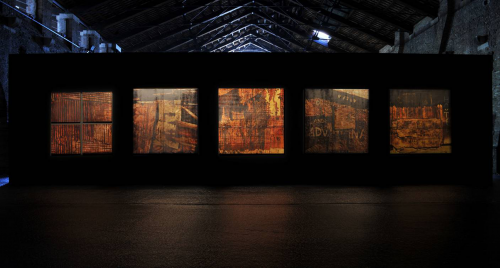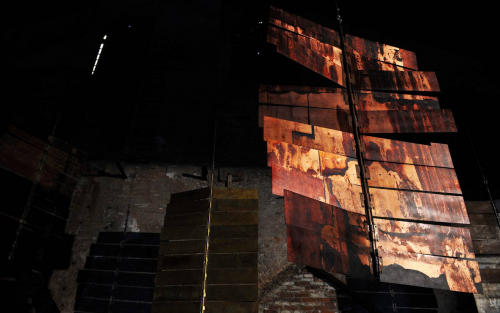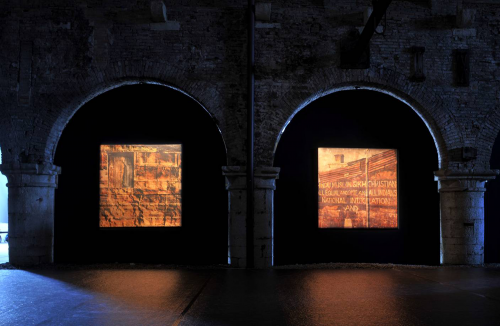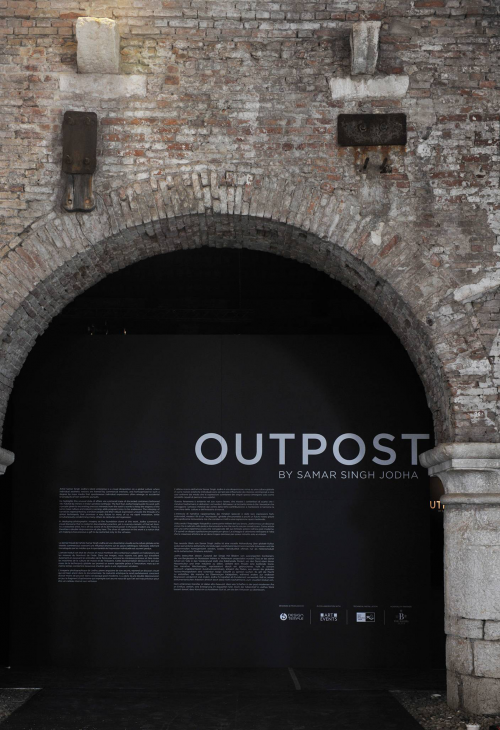
“Living Architectures” is a series of films that seeks to develop a way of looking at architecture which turns away from the current trend of idealizing the representation of our architectural heritage.
Through these films, Ila Bêka and Louise Lemoine put into question the fascination with the picture, which covers up the buildings with preconceived ideas of perfection, virtuosity and infallibility, in order to demonstrate the vitality, fragility and vulnerable beauty of architecture as recounted and witnessed by people who actually live in, use or maintain the spaces they have selected. Thus, their intention is to talk about architecture, or rather to let architecture talk to us, from an «inner» point of view, both personal and subjective. Unlike most movies about architecture, these films focus less on explaining the building, its structure and its technical details than on letting the viewer enter into the invisible bubble of the daily intimacy of some icons of contemporary architecture.
Through a series of moments and fragments of life, an unusually spontaneous portrait of the building would emerge. This experiment presents a new way of looking at architecture which broadens the field of its representation.
The volumes and the complete series of films will be first presented to the Italian public in a tour entitled Living Architectures Marathon which, between 27 June and 20 September 2013, will visit some of the main exhibition institutions in Italy: the MAXXI in Rome, the Triennale in Milan, the Pecci Centre in Prato, the Mart in Rovereto, and Casa Cavazzini in Udine. Each presentation will be based on a free screening of the series of films and will offer the public an opportunity to meet the filmmakers along with several other special guests. [ details ]
 click > enlarge
click > enlarge
Celebrated Indian photographer and installation artist Samar Singh Jodha will present his latest work at the Venice Biennale 2013. Jodha has been working on global issues with his art in Asia, Africa and the Middle East for the past two decades. At the 2012 Olympics he had a 40-foot installation on Bhopal-Union Carbide disaster at the Amnesty International London.

A the core of Jodha’ art projects is an involvement at a community level – which includes capacity building issues such as education, rural forestry programs and the revival of traditional craftsmanship. Jodha’s obsession with the nomadic and tribal communities from China/ Burma and North East India began in 2003 then he undertook a road trip from Kunming in South West China through Burma into the North East borders of India. The route had long been shut down due to political reasons, and Jodha made several unsuccessful attempts to cover the length from China. He finally managed to complete his journey, by approaching it from both ends in 2005.



He began photographing & filming the vanishing Tai Phake tribe of 1500 Buddhists originating from Burma. He set up an education system, helping fund a monastery building project and revive traditional textile looms. On one of these many trips to this region, he stumbled upon the fascinating habitats of the miners in the North Eastern borders of India – sandwiched between Bangladesh, Burma and China. The magnificent metal structures that jutted into the lush and uninhabited landscape, were an unreal testimony to man’s will to survive.
Jodha’s latest body of work is the result of this photo research carried out in the past one decade in the mining communities of North East India. This poetic body of work – printed with archival inks on precious metal plates like Copper, Brass and Mild Steel – contrasts and blends pathos and beauty seamlessly. [ samar singh jodha ]
The Venice Biennale 2013 is the chosen platform for showing Outpost from 1 June to 24 November 2013. [ venice biennale 2013 ]








